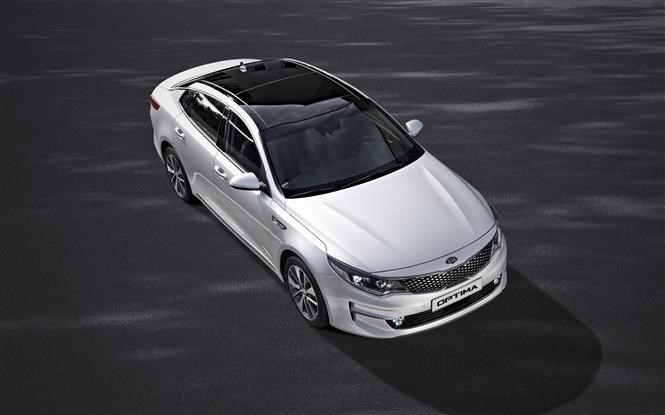The Korean company is having a renewed stab at the fleet market with an all-new Kia Optima saloon.
It’s aim is to take on the key players of the Ford Mondeo hatchback, Vauxhall Insignia hatchback and Volkswagen Passat saloon.
The new Kia Optima promises greatly reduced CO2 emissions, cutting monthly tax bills for company car drivers, thanks to a revised 1.7-litre diesel engine.
Engine and gearbox revisions in the fourth generation car, along with a lighter and more aerodynamic body, have resulted in much improved economy figures too.
A new dual clutch automatic model produces 40g/km less than the old six-speed auto, down to 116g/km of CO2, while the manual variant fitted with start/stop technology puts out just 110g/km.
Revised design inside and out
Wearing a sharper suit and a choice of nine different paint options, the new Optima is longer, taller and wider, offering greater road presence.
Inside an uplift in material quality means more soft-touch materials, as well as a scattering of metallic accents and more extensive soundproofing to reduce wind and engine noise.
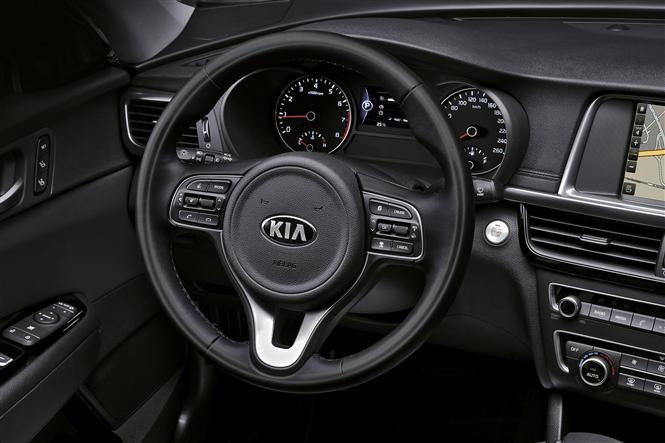
There is more space for passengers thanks to a longer wheelbase and reshaped seats, which promise greater comfort due to softer foam and deeper side bolsters. The boot is larger too, offering 510 litres.
Improved engine performance and economy
Plug-in hybrid model and high-performance models are expected to follow next year, but the sole engine at launch will be the 1.7-litre CRDi carried over from the previous model, with revisions to make it Euro 6 emission compliant.
These modifications also result in more power and torque, and reduced emissions. Now producing 139bhp and 340Nm of torque, the diesel unit also promises better response and efficiency.
Manual cars on the firm’s smallest wheels produce 121g/km of CO2 and take ten seconds to sprint from 0-62mph, while those fitted with start/stop technology put out 110g/km and claim 67.2mpg.
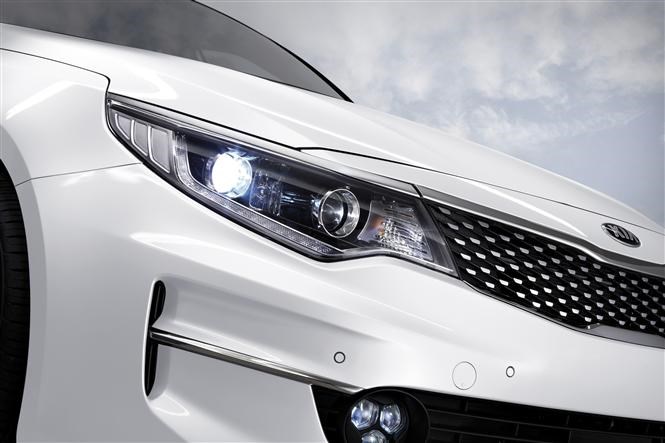
The biggest improvements come with the new dual clutch automatic gearbox which produces just 116g/km of CO2, 40 grams less than the old automatic car. This promises 64.2mpg and takes 11 seconds to complete the benchmark sprint.
Prices for the new car haven’t been released yet but based on the old car’s P11D value, a top spec automatic would cost a 20 percent tax payer just £80 a month.
Ride and handling have also been fettled with a lighter, stiffer chassis and suspension upgrades to improve steering response and grip.
An electronically controlled damping system is optional and offers a choice between a sportier ride or greater comfort.
Equipment and safety given a boost
A stiffer body shell and increased airbag count to seven, plus standard fit Vehicle Stability Management means the new Optima has more safety kit than ever.
Available as options are adaptive cruise control, autonomous braking, lane keeping assistant and blind spot detection.
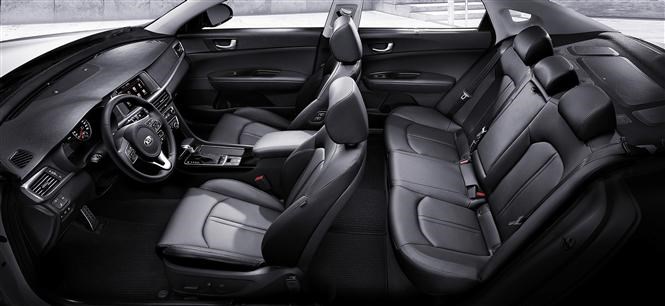
There is a seven or eight inch touchscreen infotainment and satellite navigation system, and Kia Connected Services package, which is powered by TomTom and features live traffic updates, speed camera alerts, local search and weather forecasts. This is free for seven years.
Crucially the seven year standard warranty will be included when the Optima goes on sale later this year.
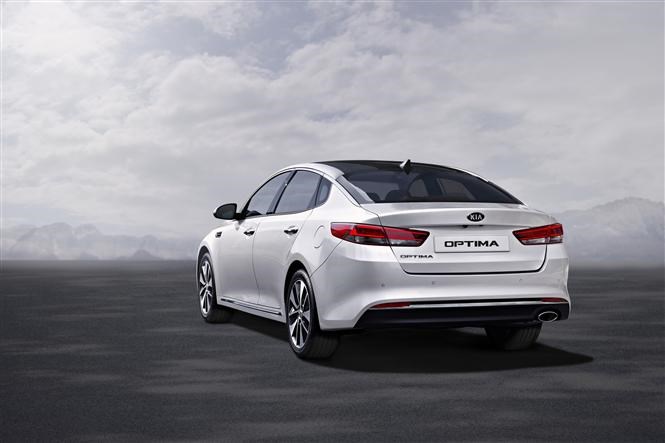
Just so you know, we may receive a commission or other compensation from the links on this website - read why you should trust us.


